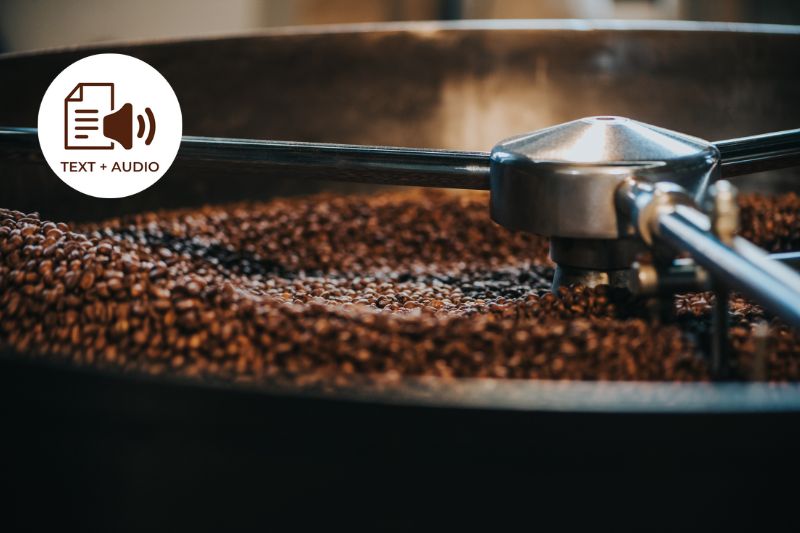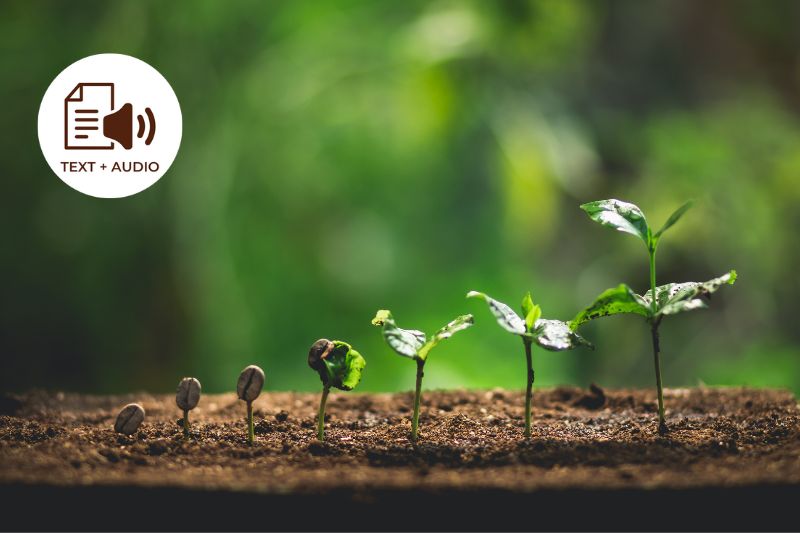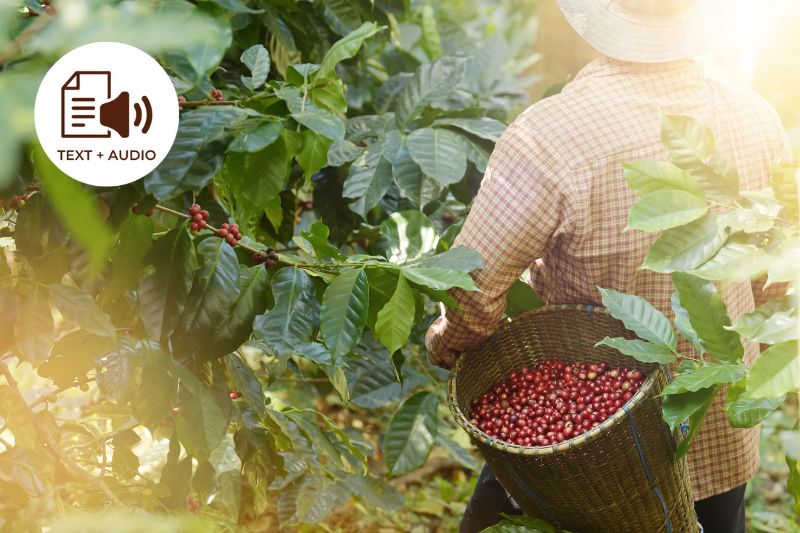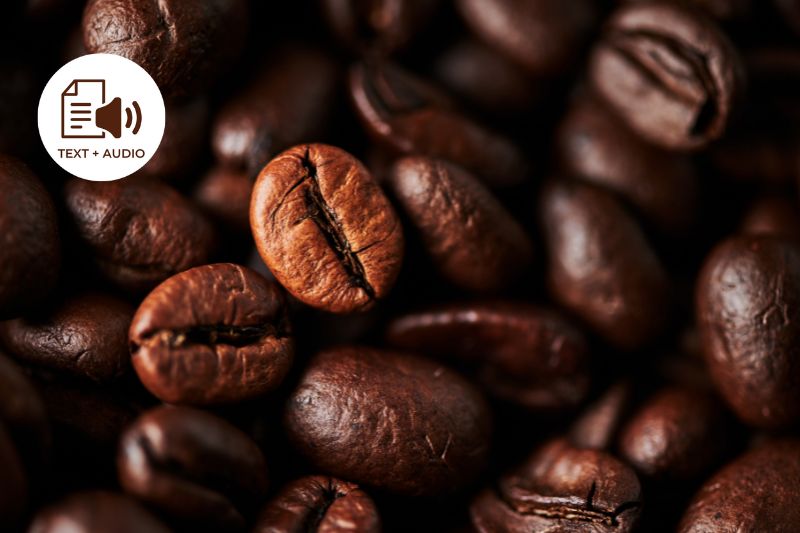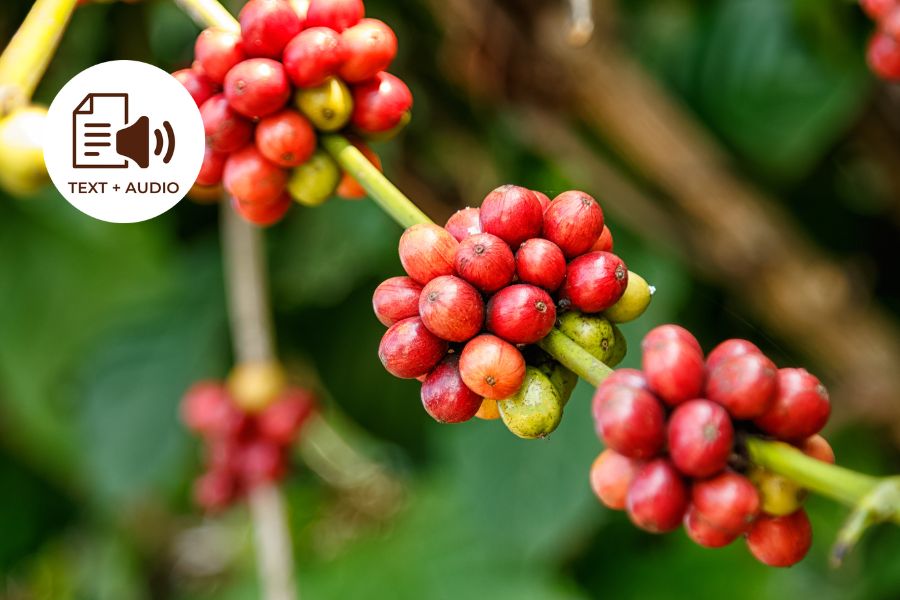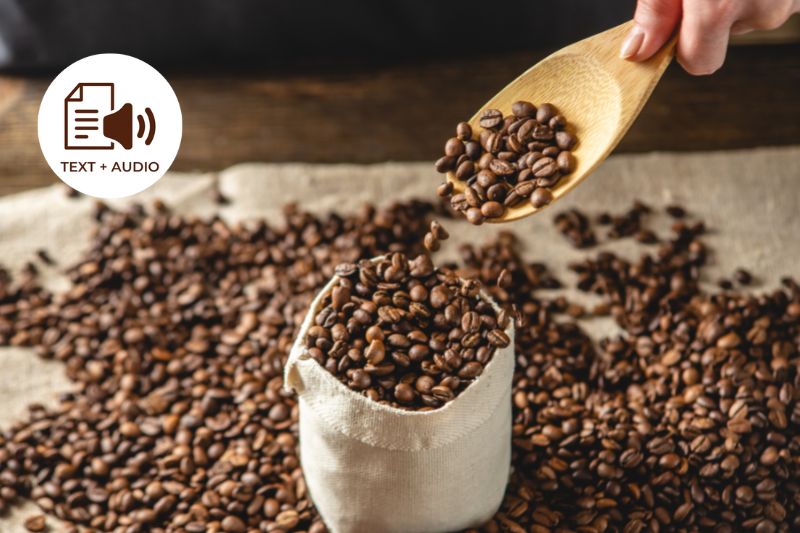Coffee is almost like wine; each variety has its own typical character. Many factors ensure a unique result in your cup, all the way from the coffee plant to the brewing method. The growing region, soil conditions, climate, and harvesting technology all have an impact on the flavor composition of coffee, as do processing methods, storage, and transport.

The type of roasting has a decisive influence on the taste experience. The mixture of different types of coffee also allows certain properties of the coffee to take a back seat or come to the fore.
Today, I’d like to talk to you about one of these factors: the climate.
Brief History
The coffee plant is very sensitive and only grows under certain climatic conditions. Coffee is only grown in countries around the equator, and together they make up the so-called coffee belt.
Almost all countries on the equator use the climatic conditions and the associated economic potential to grow coffee.
The belt pretty much covers the tropical climate zone. We find coffee growing in South and Central America, Africa, and Asia. The colonial powers distributed coffee plants all over the world and established coffee plantations there. For many countries, the cultivation of coffee continued after the end of the colonial era.
As a result, the coffee business has developed very differently in every cultivation country and region, influenced by political, market, economic, and ecological factors.
How Climate affects the Taste of Coffee
The climate is affected by factors such as geographical location and sunlight. A balanced climate without extreme temperatures and protection from the sun and wind is just as important for the growth of the coffee plant as sufficient rainfall and optimal soil conditions.
The two main varieties, Arabica and Robusta, have different requirements.

Altitude and temperatures
Arabica grows primarily at altitudes between 600 and 2,100 meters above sea level. The average temperature should be 65 to 77 °F, with temperatures above 85°F and below 55°F being particularly harmful for the plant.
Coffee that grows at altitudes above 1,000 m is called "highland coffee" and is often considered to be of particularly high quality.
Robusta, as the name suggests, seems to be a bit more robust than Arabica. The plants can tolerate higher temperatures and grow very well at around 79°F. However, Robusta reacts sensitively to significantly higher temperatures, especially when the humidity is too low. Robusta grows at lower altitudes than Arabica, up to 900m.
Precipitation
The average amount of precipitation, the temporal distribution, and the degree of humidity also play a major role in coffee cultivation. Coffee plants need 250 to 300 mm per square meter per year, which they get from a rainfall of 1,500 to 2,000 mm.
Robusta prefers regions with more rain than Arabica and also tolerates areas with very high humidity. Arabica, on the other hand, is very sensitive to warm, humid air.

Soil
The ideal soil for growing coffee is deep, loose, well ventilated, and permeable. A neutral or slightly acidic pH value is also important. Nitrogen, phosphoric acid, and potassium are just as important as a high humus content in the upper soil layer. You can read more about the ideal soil for coffee cultivation here.
Exposure to Sunlight
The coffee plant loves the sunlight, but not more than 5 hours a day. Otherwise, the evaporation rate can become too high, despite ideal amounts of precipitation. Since the weather still cannot be 100% predicted, favorable slopes are a clear advantage of the location.
There is another way to control the daily sun exposure: the use of shade trees. This means tall trees with large crowns that are placed between the coffee plants in strategically favorable places and provide light shade with their foliage.

At the same time, they provide protection against the dreaded night frost. Coffee plantations of this type offer fascinating sights again and again due to the constantly changing play of light and shadow.
Unfortunately, this cultivation method has one disadvantage: the yields are not that high because of the significantly reduced solar radiation. Therefore, today there is little work with shade trees.
The Climate Change Issue
It’s impossible to talk about climate change and its influence on coffee's taste and aroma without referring to climate change at all. A stable and balanced climate is truly important for coffee cultivation, as you understand so far, so let’s see what happens when this balance is disturbed.
Weather Extremes and Temperature Fluctuations
From a global perspective, the researchers see the increasing climate and weather extremes as the greater dangers for coffee cultivation, for example in the alternation of above-average cold and warm years or in stronger day-night temperature fluctuations.

In addition, the negative influences are more pronounced in lower regions than in higher regions. The same is true at low latitudes, where the effects of climate change will be felt more clearly than at higher latitudes.
As a result, the locations of Robusta Coffee in particular will be affected. In this context, the researchers emphasize that in 2050, even in the original home of lowland coffee, the Congo Basin, the cultivation of Robusta coffee will probably no longer be possible.
Natural Coffee Cultivation and Climate
More and more farmers are dedicating themselves to natural coffee cultivation. With sustainable and natural coffee cultivation, plantations are often integrated into local forests. Natural coffee cultivation practices can often protect the plantations from extreme climate changes or intense sunlight.
Larger trees or shrubs remain and become shade trees. These can be banana trees, grapefruit trees, or avocado trees, for example. They protect the coffee trees from excessive sun and, at the same time, offer an additional source of income.
The roots of the shade trees loosen the soil of the plantations and ensure that moisture can be better stored. They also protect the plantations from wind and erosion. Plus, the falling leaves of the trees act as natural fertilizer. A natural cycle is created, which ensures a sustainable and long-term stable yield.
Final Thoughts
Not many of us drink coffee and think that it’s a product of agriculture, so it can be quite fascinating when we realize how much its production can be affected by climate conditions, among other factors.
Aside from its influence on taste and aroma, the climate is also responsible for the overall health of the coffee bean. This is why most nations have been trying to tackle the climate change issue head-on, because not only coffee but many agricultural products are facing a future of uncertainty.
For now, all we can do is be climate change-conscious and hope that our practices, in combination with new technology, will bring forward new solutions for coffee cultivation.
Get Free Bonus Books

Sign up for free to the Coffee Club to get advice and exclusive articles about how to choose Japanese Coffee, and tips, tricks, and recipes for enjoying Japanese coffee.
About the author
Kei Nishida
Author, CEO Dream of Japan
Certification: PMP, BS in Computer Science
Education: Western Washington University
Kei Nishida is a passionate Japanese tea and coffee connoisseur, writer, and the founder and CEO of Japanese Coffee Co. and Japanese Green Tea Co., both part of Dream of Japan.
His journey began with a mission to introduce the world to the unparalleled quality of Japanese green tea. Through Japanese Green Tea Co., he established the only company that sources premium tea grown in nutrient-rich sugarcane soil—an innovation that led to multiple Global Tea Champion awards.
Building on this success and his passion for Japanese craftsmanship, Kei expanded into the world of coffee, pioneering the launch of Japanese Coffee Co., the first company to bring Sumiyaki charcoal-roasted coffee to a global audience. His dedication to authenticity and quality ensures that this traditional Japanese roasting method, once a well-kept secret, is now enjoyed worldwide.
Beyond tea and coffee, Kei has also introduced Japan’s legendary craftsmanship to the world through Japanese Knife Co., making handmade katana-style knives—crafted by a renowned katana maker—available outside Japan for the first time.
Kei’s journey continues as he seeks out and shares the hidden treasures of Japan, one cup and one blade at a time.
Learn more about Kei


